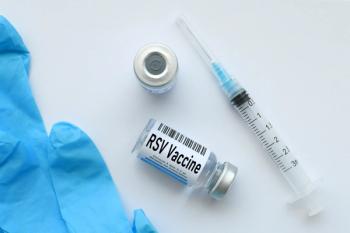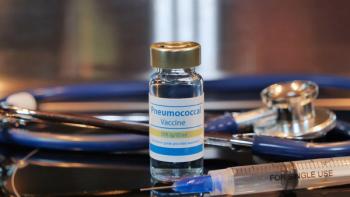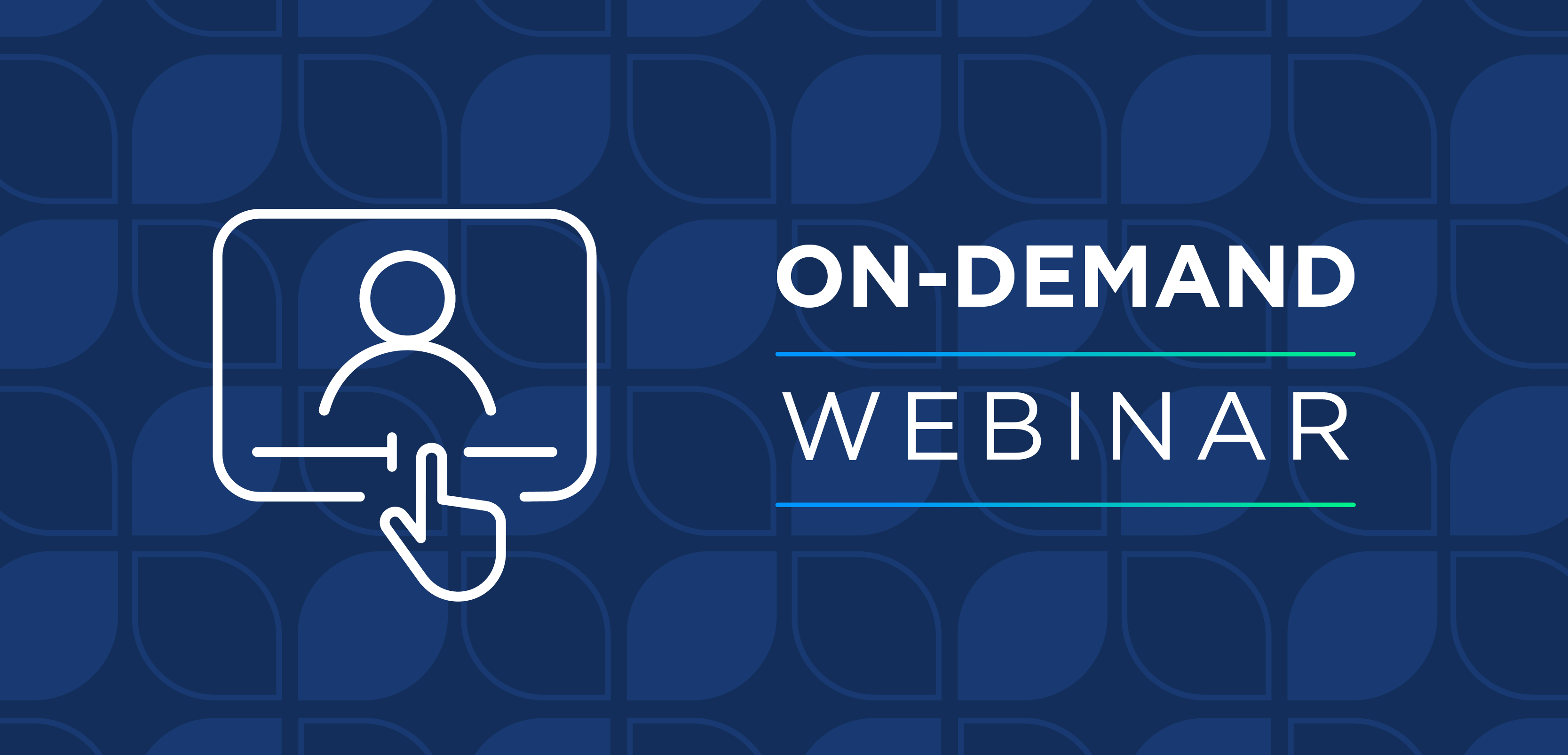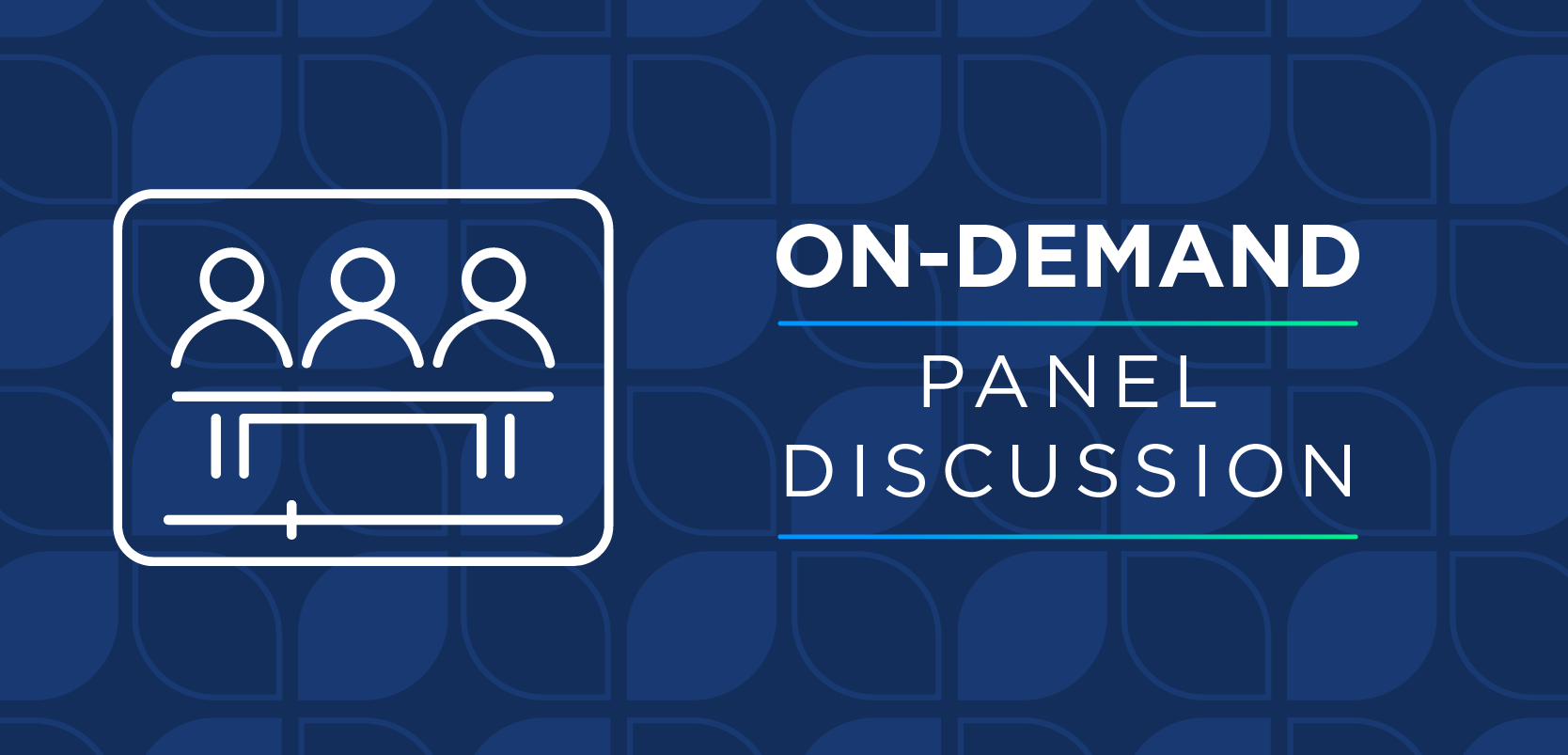
Problems Associated with the Rising Costs of Naloxone and Plausible Solutions
A recent New England Journal of Medicine publication addressed the rising costs of naloxone, but failed to address many of the hidden issue that are buried within routine pharmacy practice. Here we unveil some of the less obvious reasons and offer software solutions to help pharmacists safe lives.
In the recent New England Journal of Medicine publication,
According to the NEJM authors, the number of naloxone prescriptions distributed or dispensed from pharmacies has not increased despite valiant efforts from public health officials on many fronts. This is quite disheartening, and as the authors accurately point out, the risk for opioid-induced respiratory depression and associated morbidity and mortality need consideration in patients that receive chronic opioid therapy from a legitimate source for chronic pain syndromes that require such therapy.
The lack of prescriptions for in-home naloxone cited squarely fits with a survey presented by our group this month:
Out of 93 participants, 62% of pharmacists had collaborative prescribing relationships in place, but notwithstanding 71% had no naloxone in stock when contacted. Commonly reported reasons for not stocking naloxone were high cost for slow moving inventory and low demand. Most of the respondents, 96%, reported receiving no single naloxone prescription during the week of and preceding the survey, irrespective of the pharmacists’ authority to initiate a prescription by standing order.
Considering the duality that pharmacists have struggled with for decades of providing professional therapeutics expertise and a product, there could be a questionable conflict of interest, but truth be told, most are not in private pharmacies now, and it really is no different than a physician group ordering more imaging reports to pay for new office equipment — in fact, that is far worse in my mind.
In part because of this duality, Remitigate LLC created a software platform that is compatible with any EMR or pharmacy platform, called
To further expand naloxone accessibility for those naloxone carrying-Samaritans who might offer life-saving opportunities of opioid reversal, Remitigate recently developed
As outlined by the NEJM authors, rising costs of naloxone is a large factor, but truth be told, it is very far from the only dynamic. For example, many states have mandated that Medicaid pay for naloxone, but they have not precluded these agencies and private third party payers from putting up barriers by requiring prior authorizations. Also, most insurance companies including government agencies are requiring the less expensive make-shift naloxone kits. These kits lack usability studies, are more difficult to manipulate, require significant dexterity, have a higher chance of error by the caregiver, and require substantial training by the dispensing pharmacist. Also, billing for these make-shift kits can be a challenge for the pharmacy because there are several items including the syringes, needle, and the leur-lock atomizers; some companies won’t pay, some require three prescriptions, and others consider it a compounded single prescription.
While it is true that several thousand opioid overdoses have been reversed by intranasal administered naloxone with these kits over a 20 year span, we have no idea of how many failures there were due to flawed administration, reduced blood levels due to unpredictable intranasal absorption in patients with a deviated septum, epistaxis, or sinusitis, and the like.
It is easy to see, therefore, that legislation around naloxone distribution within a capitalistic society is not just about the costs of the products, although admittedly that does play a large role in the fallout as outlined above. Another issue with the inexpensive off-label product is that the blood concentrations achieved may be inadequate to address overdoses from portent illegal opioids such as carfentanil, which require higher blood concentrations and repeated doses until the patient can be hospitalized with a naloxone intravenous drip.
Lastly, we need to look at the economics that are driving the increased naloxone prices because this is not a simple equation of supply and demand. Payer consolidation nationwide is motivating pharmaceutical manufacturers and pharmacy benefits management (PBM) organizations to pit one manufacturer against another providing incentive for price increases that influence pharma companies to provide “kickbacks” in the form of rebates to PBMs in order to gain favor and safeguard medication access. Considering that the largest PBMs are owned by insurance companies and large chain pharmacies, there is a clear conflict of interest that is far more vituperative than the presumed price-gouging for which the NEMJ authors condemn naloxone manufacturers.
References
1. Gupta R, Shah ND, Ross JS.The Rising Price of Naloxone — Risks to Efforts to Stem Overdose Deaths. N Engl J Med. 2016; 375:2213-2215.
2. Garfinkel MA, Dragic LL, Bettinger JJ, Fudin J, Cleary JH. 242604 Community pharmacy survey regarding naloxone education, access, and distribution. Poster: (5b-331). American Society of Health-System Pharmacists (ASHP) 2016. Midyear Clinical Meeting and Exhibition, Las Vegas.
Newsletter
Stay informed on drug updates, treatment guidelines, and pharmacy practice trends—subscribe to Pharmacy Times for weekly clinical insights.







































































































































































































